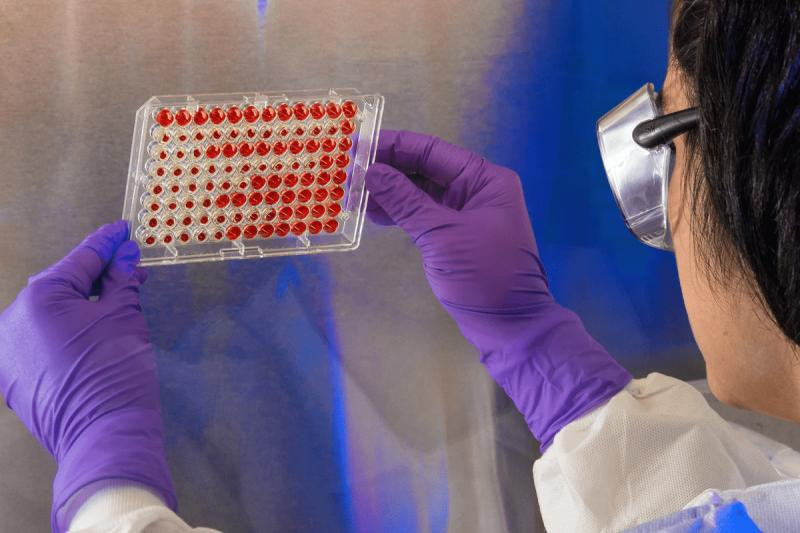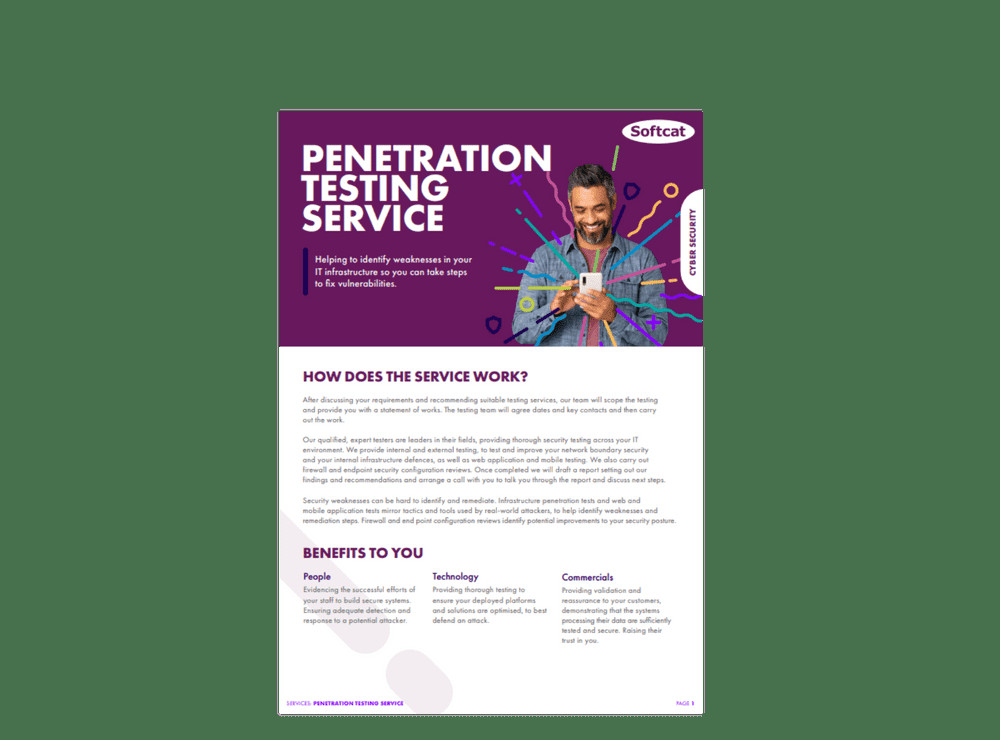The Global Sepsis Diagnostics Market: A Growing Need for Faster, More Accurate Detection
Sepsis, a life-threatening condition triggered by the body's response to an infection, remains a significant public health concern worldwide. The timely and accurate diagnosis of sepsis is crucial for effective treatment and improved patient outcomes. The global sepsis diagnostics market is witnessing a surge in demand for faster, more reliable, and accessible diagnostic solutions.
According to a recent report by ResearchAndMarkets.com, the global sepsis diagnostics market was valued at US$835.40 million in 2023 and is projected to reach US$1.39 billion by 2029, growing at a CAGR of approximately 9% during the forecast period.
Key Drivers of Market Growth
Several factors are driving the growth of the sepsis diagnostics market, including:
-
Increased Awareness and Early Detection: The global community is increasingly aware of sepsis, leading to earlier detection and improved patient outcomes. Public health campaigns, educational initiatives, and improved healthcare infrastructure are contributing to this trend.
-
Technological Advancements: Technological advancements in diagnostics, particularly in molecular diagnostics, are enabling faster and more accurate pathogen identification. The advent of point-of-care (POC) testing devices is further facilitating timely diagnosis in settings with limited healthcare resources.
-
Expanding Adoption of Point-of-Care Testing: The expansion of point-of-care testing, particularly in remote and underserved areas, is proving to be a major driver of market growth. POC testing enables timely diagnosis and treatment in settings where access to traditional laboratory facilities is limited.
-
Research and Innovation: Continued focus on research and innovation, coupled with strategic collaborations between healthcare providers, diagnostic companies, and research institutions, is driving the development of next-generation diagnostic tools, ensuring the robust expansion of the market.
Regional Market Insights
North America holds the major share of the global sepsis diagnostics market, largely attributed to its advanced healthcare infrastructure, government initiatives, and high incidence rate of sepsis.
The US has seen significant progress in sepsis awareness and early detection through government programs such as the Sepsis Alliance and the Centers for Disease Control and Prevention (CDC)'s sepsis awareness campaigns. Additionally, the National Sepsis Data Trust Initiative (NSDTI) plays a pivotal role in improving sepsis diagnosis and treatment through data collection and analysis.
However, the incidence rate of sepsis remains alarmingly high in the US, with over 1.7 million adults developing sepsis each year and around 350,000 fatalities, underscoring the critical demand for efficient diagnostics.
Germany also holds a significant market share, driven by its advanced healthcare system, strong research and development capabilities, and significant government and institutional support. The country's focus on precision medicine and personalized healthcare solutions aligns well with the need for rapid and accurate sepsis diagnostics.
Segmentation Analysis
The global sepsis diagnostics market is segmented based on technology, product, method, pathogen type, test type, and end-user.
Technology
The microbiology segment currently holds the highest share of the market, while the molecular diagnostics segment is projected to be the fastest-growing segment in the coming years.
-
Microbiology: Traditional microbiology techniques, such as blood culture, remain a cornerstone in sepsis diagnostics due to their proven efficacy in identifying pathogens responsible for infection. Blood culture provides comprehensive data about bacterial strains and their antibiotic susceptibilities, which is critical for tailoring specific treatments. However, these methods can be time-consuming, sometimes taking days to yield results.
-
Molecular Diagnostics: Molecular diagnostics, like polymerase chain reaction (PCR) and next-generation sequencing (NGS), are gaining traction due to their ability to provide rapid and precise pathogen identification directly from clinical samples. These techniques enable the detection of bacterial, viral, and fungal DNA or RNA within a few hours, significantly faster than traditional culture methods. This speed is crucial for timely intervention, which can drastically improve patient outcomes in the early stages of sepsis.
Product
The polymerase chain reaction (PCR) segment holds the highest share of the market, while the microarrays segment is expected to be the fastest-growing segment. Microarrays offer a high-throughput approach to pathogen identification and characterization by analyzing multiple genetic markers simultaneously.
Method
The blood culture media segment currently holds the highest market share, while the software segment is projected to be the fastest-growing segment. Blood culture media are essential for cultivating bacteria, fungi, and other microorganisms from blood samples, which is a fundamental step in diagnosing sepsis. However, the software segment is rapidly growing due to its role in managing and analyzing complex diagnostic data. Advanced diagnostic software integrates with various diagnostic instruments and systems to streamline data collection, analysis, and reporting, facilitating real-time monitoring of patient data.
Pathogen Type
The bacterial sepsis segment holds the highest share of the market and is expected to be the fastest-growing segment. This is due to the high prevalence and severe impact of bacterial sepsis on patient outcomes.
Test Type
The laboratory tests segment currently holds the highest market share, but the point-of-care (POC) tests segment is projected to be the fastest-growing segment. POC tests offer rapid, on-site results, enabling timely intervention in sepsis management. They are particularly important in critical care settings where time is of the essence. Innovations in POC testing, such as portable molecular diagnostic devices and rapid immunoassays, have significantly improved the accessibility and convenience of sepsis diagnostics.
Key Attributes of the Market
The global sepsis diagnostics market exhibits several key attributes:
-
Growth Drivers: Increased awareness, technological advancements, and the expansion of point-of-care testing are driving market growth.
-
Challenges: The market faces challenges such as the need for standardized testing protocols, cost-effectiveness, and the development of more robust diagnostic tools.
-
Market Trends: Key trends include the increasing demand for personalized medicine, the integration of artificial intelligence in diagnostics, and the development of multimodal diagnostic approaches.
Conclusion
The global sepsis diagnostics market is poised for continued growth, driven by factors such as the expanding adoption of point-of-care testing, ongoing technological advancements, and increasing awareness about sepsis. This growth is expected to continue as healthcare providers, diagnostic companies, and research institutions focus on developing and deploying innovative diagnostic solutions that improve patient outcomes. The market's success will depend on collaboration, innovation, and a continued commitment to addressing the global burden of sepsis.
The Future of Sepsis Diagnostics: A Look Ahead
The future of sepsis diagnostics is bright, with emerging technologies and research efforts pushing the boundaries of what's possible. Here are some key areas to watch:
-
Artificial Intelligence (AI) in Diagnostics: AI is expected to revolutionize sepsis diagnostics by enabling quicker and more accurate diagnosis. AI algorithms can analyze vast amounts of patient data, including vital signs, laboratory results, and medical history, to identify sepsis patterns and predict potential complications.
-
Multimodal Diagnostics: The development of multimodal diagnostic approaches that combine various diagnostic techniques is gaining traction. These approaches can provide a more comprehensive and accurate diagnosis, leading to more effective treatment strategies.
-
Personalized Medicine: The increasing focus on personalized medicine is driving the development of tailored diagnostic solutions that consider the individual patient's characteristics, such as genetic makeup and immune response. This approach can help optimize treatment plans and improve patient outcomes.
The global sepsis diagnostics market is at a pivotal point, with the potential to significantly improve patient outcomes and reduce the burden of sepsis worldwide. Continued investment in research, development, and innovation will be crucial in advancing sepsis diagnostics and ultimately saving lives.


















